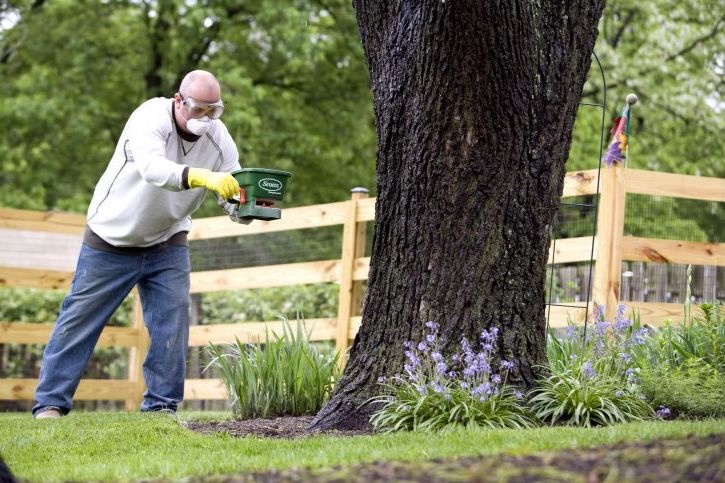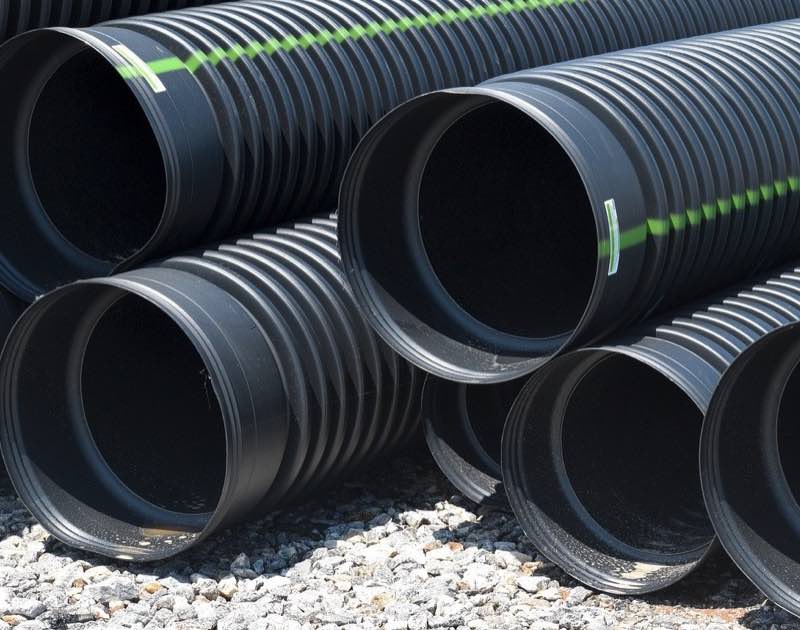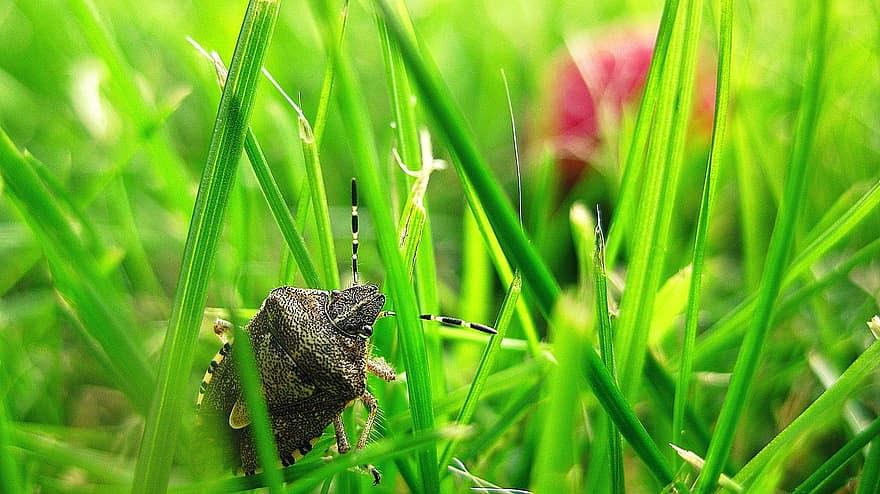As a homeowner, it can be annoying if you’ve put a lot of effort into making your lawn perfect, only to find that patches of grass have started to turn yellow. Perhaps you feel like you’ve done everything right; you’ve flattened out bumps, overseeded patchy areas, and fertilize your lawn regularly. It can be very frustrating to find that your grass is turning yellow if you don’t know what is causing the problem.
Grass can turn yellow and die due to nutrient deficiency or because it’s been damaged in one of several ways. This article will look at the most common reasons that grass turns yellow and will give you some tips about creating a healthy lawn.
Common Reasons Why Grass Turns Yellow
One of the most common reasons that grass begins turning yellow is because it’s lacking in nutrients such as nitrogen, iron, phosphorus, and potassium. Grass needs these essential vitamins and minerals in order to go through a process known as photosynthesis, which keeps it green and healthy. The best way to stop your grass from turning yellow is to supply a good quality lawn fertilizer.
A fertilizer such as Milorganite will keep your lawn healthy if it’s applied four times a year. However, nutritional deficiencies aren’t the only reason that your grass may be turning yellow. Here are some more common problems that cause grasses to change color.
1. Over Fertilizing
While providing fertilizer to your lawn regularly is a good idea, too much fertilizer can have a detrimental effect. When lawns are provided with too much fertilizer, they have an excess of nitrogen, which can cause the grass to turn yellow and die.
It’s vital to provide your grass with nitrogen in small doses as it helps to promote a healthier, greener grass. However, too much nitrogen can cause disease. It’s likely to increase shoot growth and reduce root growth, which will ultimately kill your grass. Too much nitrogen will also mean your lawn is less able to cope with extremely high or low temperatures and will be more prone to damage from stress, animals, or environmental factors.
Therefore, it’s essential to follow the instructions on the packet when fertilizing your lawn to ensure that you’re providing the correct amount. It’s also a good idea to use a natural fertilizer, rather than a chemical-based one as these can burn the grass.
2. Dehydration
If you live in a hot, dry climate, your lawn is likely to suffer from dehydration, which can kill the grass. You’ll likely see yellow patches on your lawn in areas that are most exposed to the sun. You may find that areas that are shaded will be less affected. The solution to this problem is to buy a sprinkler or irrigation system to provide water for your lawn during the summer months.
Sod also needs watered regularly. Here’s how often to water new sod. Sod is expensive per sq/ft. You don’t want to lose that investment.
3. Drainage issues
While your lawn is affected by dehydration, it can also die due to overwatering. Be careful not to leave your sprinkler on for long periods as this could cause your yard to become waterlogged, which would kill the grass. If you live in an area that has high rainfall, this could cause your lawn to become waterlogged and the grass to die.
If you have unexplained waterlogged areas in your yard, this may be due to drainage issues and could indicate a plumbing issue. It’s best to call in the professionals if this is the case. Here’s more on how to level a yard.
4. Disease
Yellowing grass is a sign that your lawn may be suffering from a fungal disease. Often fungi is produced due to the combination of heat and moisture. Smut, fusarium, snow mold, and fairy wings are all fungal infections that cause grass to turn yellow and die.
5. Insect damage
If you notice patches of yellow grass on your lawn, look out for pests or insects as these may be chewing your grass. Insects can cause root damage, so it’s essential to treat your lawn if you find anything worrying. Some pests may not be immediately apparent, but if you use a magnifying glass, you may be able to spot insects or their larvae. Once you know what’s causing the problem, you can treat your grass using the correct pesticide.
6. Lawnmower issues
Your grass problems may be caused by your lawnmower. A gas leak can cause the grass to yellow and die as it will burn your lawn. Make sure that your lawnmower is well maintained to prevent spills from occurring. Dull or bent lawnmower blades can also cause damage. Blades should be sharp enough to cut the grass cleanly without scalping it or pulling it up at the roots. You’ll need to sharpen or replace the blade.
7. Physical damage
Your grass could be turning yellow due to being compacted, which would cause physical damage. Pressure on areas of your lawn prevents the grass from receiving moisture, sunlight, and air, which will cause it to die eventually.
Damage can be caused by items being left lying around, such as a hose pipe or play equipment. Slides, bikes, and other large toys will kill your grass if they are abandoned in the same place for too long. Encourage your kids to put their toys away in the garage or shed when they aren’t using them, as this will help to keep your lawn in better condition.
Conclusion
The best thing to do if you have patches of yellowing grass is to figure out what is causing the problem. You’ll then be able to decide how to improve your lawn. Keeping your grass growing healthily takes time and needs ongoing maintenance.
Ensure that your lawn has the correct balance of nutrients by choosing a good quality, natural fertilizer, invest in a sprinkler if you live in a hot climate, but make sure that you don’t overwater your lawn. If possible, try to prevent damage from occurring by putting toys and garden equipment away when not in use.
It’s a good idea to take preventative measures to stop your grass from getting damaged, rather than trying to fix it after the grass has started to yellow. If the damage has been done, catching it early and taking action to improve your lawn will allow you to get your yard back to a healthy state.


